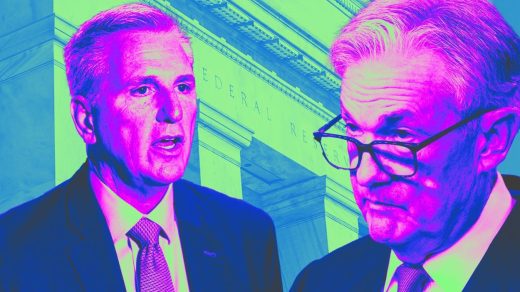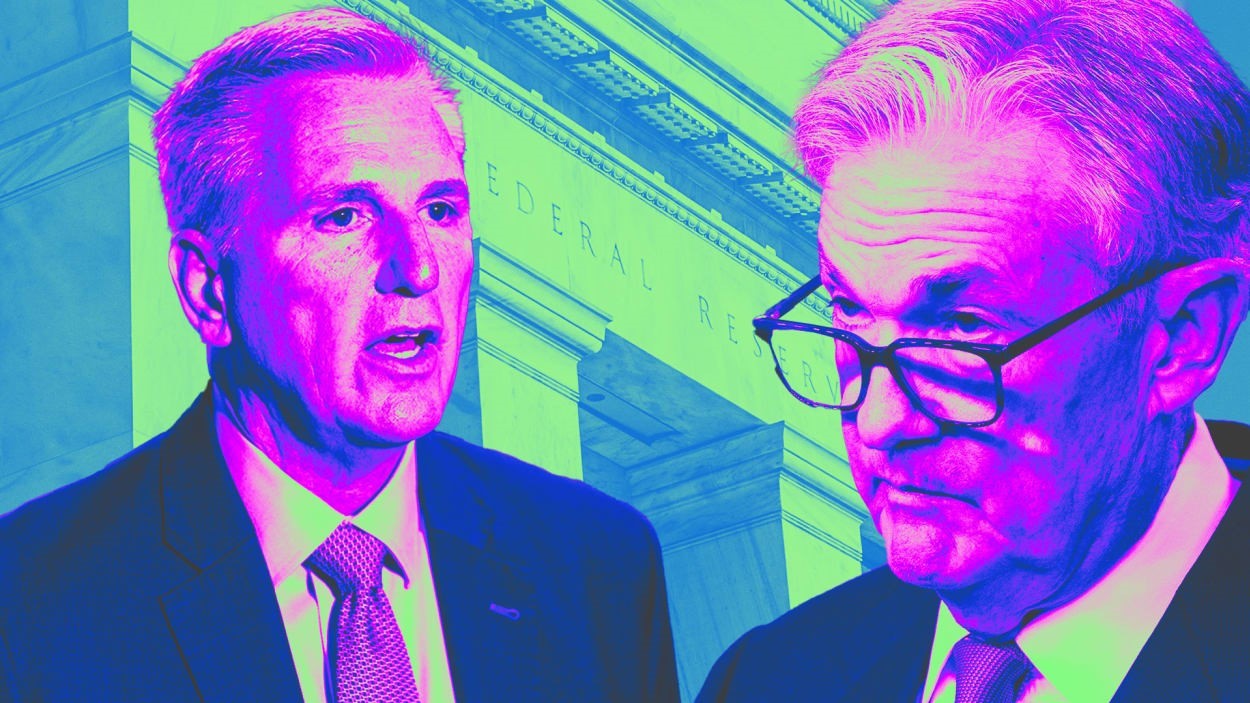Why a little-known economic danger makes this threatened government shutdown extra scary
Everywhere you look these days, you see our country being hurt by economic fallout of both the actual and potential variety.
Even though the jobless rate has stayed low and the stock market is staying pretty high, this feels like the most perilous economic time that our country has faced since the global financial crisis and the subsequent Great Recession that ran from late 2007 to mid-2009.
There are problems upon problems upon problems upon problems plaguing the federal government, especially the Treasury. And there are all sorts of problems created by the fact that after years of zero- and near-zero interest rates, the rates have now risen substantially.
This is all being exacerbated by the political polarization that’s making it extremely difficult to fix even simple problems, such as passing a federal budget to avoid having to shut down the government at the end of the month.
There’s so much bad and scary stuff going on that the disturbing fact that the Federal Reserve’s operating loss since last September is about to exceed $100 billion isn’t getting anything like the attention it deserves.
The Fed’s unprecedented shortfall
Yes, you read that right: There is a 12-digit (and growing) loss by our central bank’s 12 regional banks, an absolutely unprecedented event in our nation’s financial history. But it’s getting relatively little notice because all sorts of other problems, actual and potential, are soaking up the political and journalistic oxygen.
We’re running massive federal budget deficits, which are being made worse by rising interest rates that are vastly increasing the interest that the Treasury has to pay on our $33 trillion national debt.
These rising rates are great for people with cash, who are earning 5%-plus in money market funds, up from 0.02% as recently as February of last year, according to Pete Crane of Crane Data, the go-to money market fund source.
But these rising rates are costing the Treasury hundreds of billions of dollars in higher interest costs, which are exacerbating the deficit, which is running at more than $1 trillion a year.
Then there’s what I call the D.C. Drama Du Jour: the question of whether we’re going to have a federal shutdown at the end of the month because the Republicans in the House of Representatives don’t seem capable of getting their act together to pass something resembling a budget, and certainly aren’t going to cooperate with (or win support from) House Democrats.
If we get a shutdown that lasts for more than a few days, we’ll have yet more economic fallout.
There will be lots more people unemployed because they’ll lose their federal jobs while the shutdown is in force.
We’ll have federal tax revenues falling significantly both because fewer people will have jobs and millions of people are likely to be scared and cut back on their spending. This would diminish economic activity—and federal tax revenues—significantly.
Who buys U.S. debt, and how will they react?
What’s worse, at least to me, is that if the government actually shuts down, we’ll be the laughingstock of the international financial system. That could prove disastrous, given that foreigners finance a substantial part of our deficit by buying Treasury securities, which have long been considered the safest investment in the world.
However, because of all the flailing around in D.C.—remember the huge problem with getting the debt limit lifted earlier this year?—our national credit rating is in flux. In August, Fitch downgraded our rating to AA+ from triple A, joining Standard & Poor’s, which did the same during a previous period of Congressional malfunction in 2011.
With all this stuff in the headlines, it will be easy to miss an epic event involving the Federal Reserve that will take place at 4:30 p.m. today.
That’s when the Fed will release its weekly H.4.1 report, which includes the losses of the Fed’s 12 regional banks.
Barring a miracle, that report will push the banks’ cumulative loss since September of last year to over $100 billion.
According to Stephen Church of Piscataqua Research of Portsmouth, New Hampshire, my guru on these numbers, from September 1 of last year through this past Thursday, the Fed banks’ losses totaled $99.2 billion. That’s $17.1 billion for the final four months of last year and another $82.1 billion for this year through last week.
Until the Fed started raising rates last year, its 12 reserve banks were highly profitable and each of them remitted its profits to the Treasury every week.
Paying 5% interest on trillions of dollars
But now, the Fed reserve banks are collectively losing money because they’re having to pay more than 5% interest on trillions of dollars they’ve borrowed from money funds and financial institutions to help keep short-term interest rates high to support the Fed’s rate-increase program. However, the banks’ investment portfolios are still loaded with low-yielding securities bought during the days of near-zero interest. Hence, the losses.
This is a serious blow to the Treasury—and therefore, to U.S. taxpayers. Why? Because until this year, the Fed’s banks sent substantial profits to the Treasury. For instance, they sent $109 billion in 2021. They sent $76 billion last year, even as their losses began in September. You can find the most recent 10 years of remittances here.
This year, though, the Fed’s banks have sent only $128 million to the Treasury through last week, according to Steve Church’s math, and sent only $1.5 billion in the last four months of 2022.
Before the Fed’s banks can begin sending substantial sums to the Treasury again, they must first earn back their $100 billion-plus of losses, which show up as a “deferred asset” on the Fed’s balance sheet.
With any luck, we’ll shed a lot of our political polarization after next year’s Presidential election is finally over. Provided, of course, that the winner behaves graciously toward the loser, which I hope will happen.
Then, I hope, we’ll begin to recover from our economic fallout. And the Fed’s banks’ losses, which seem likely to continue for awhile, will go back to being a footnote.
(5)



